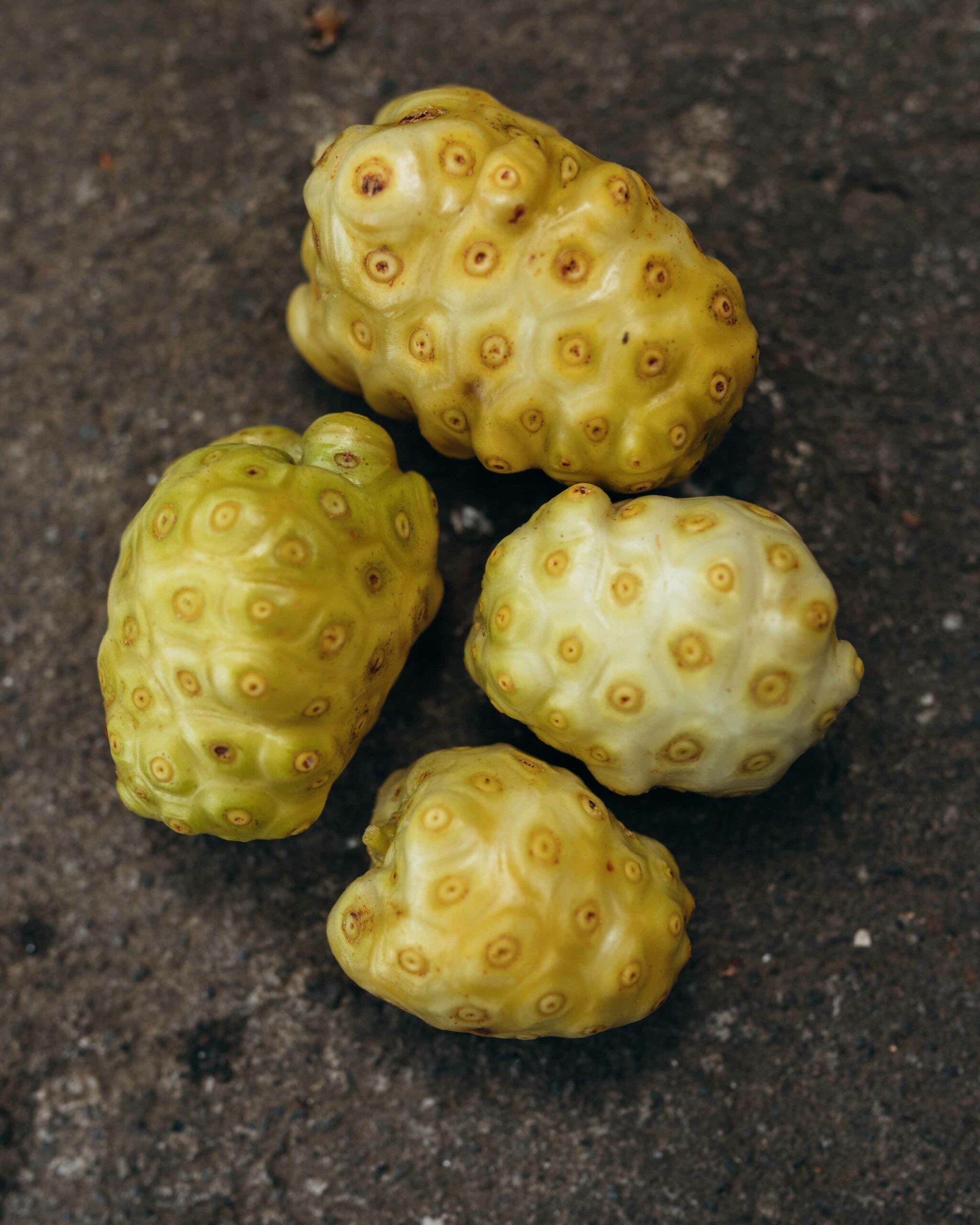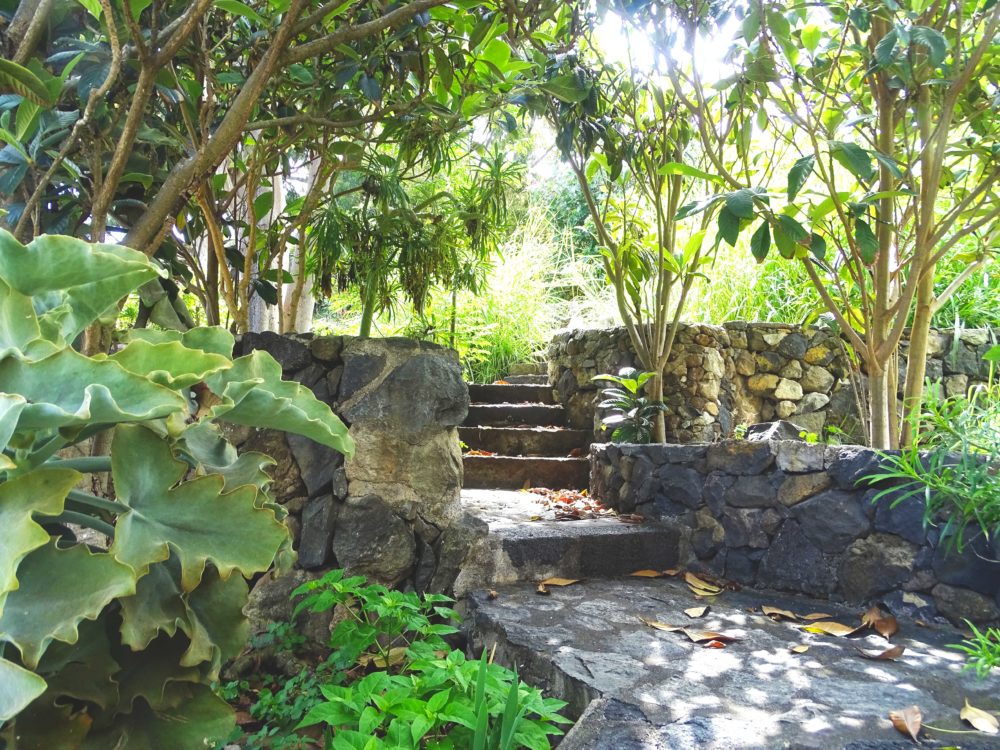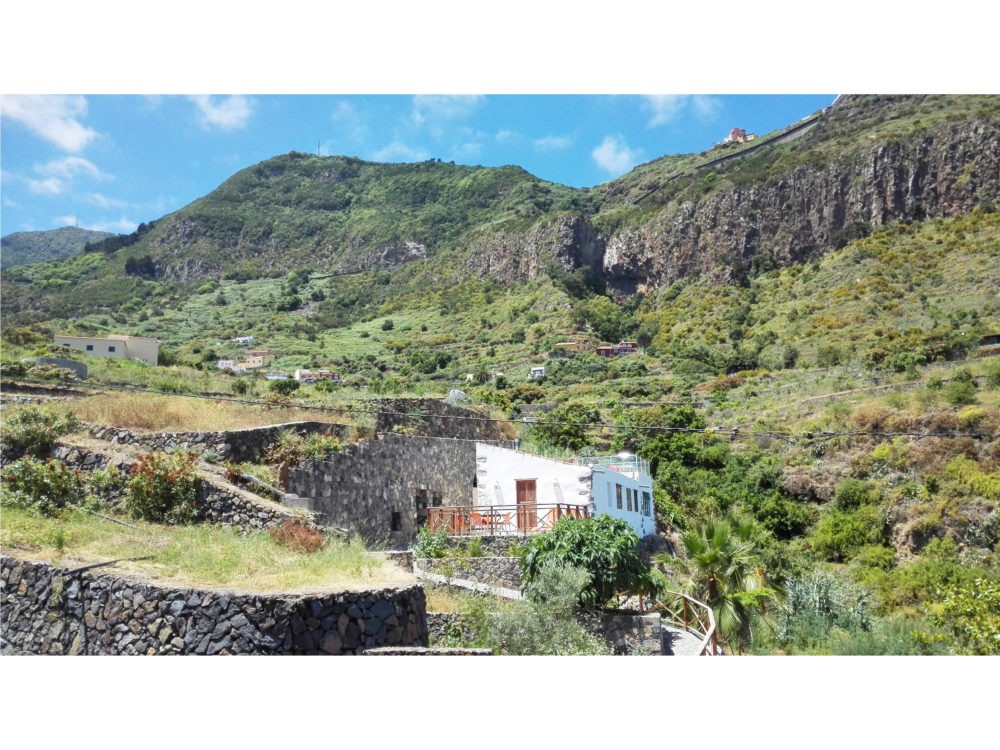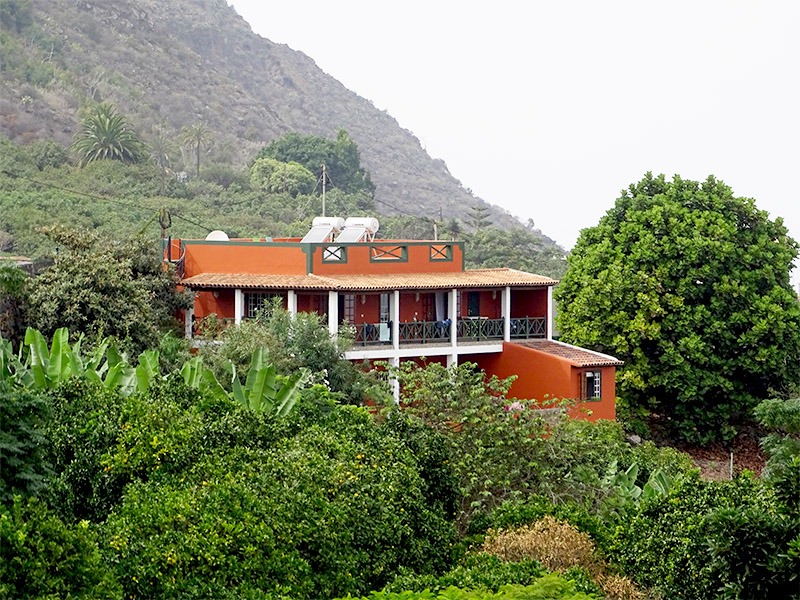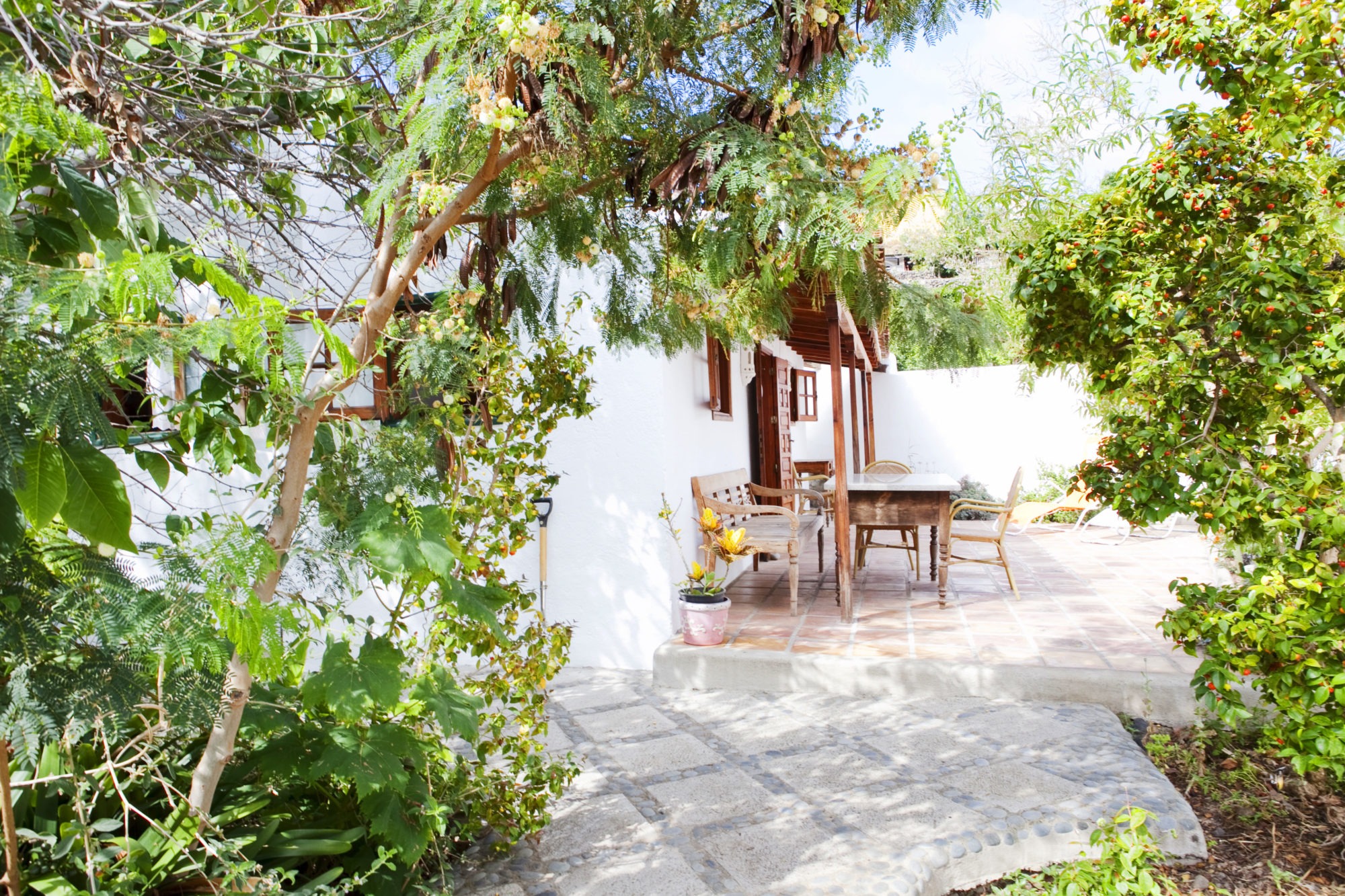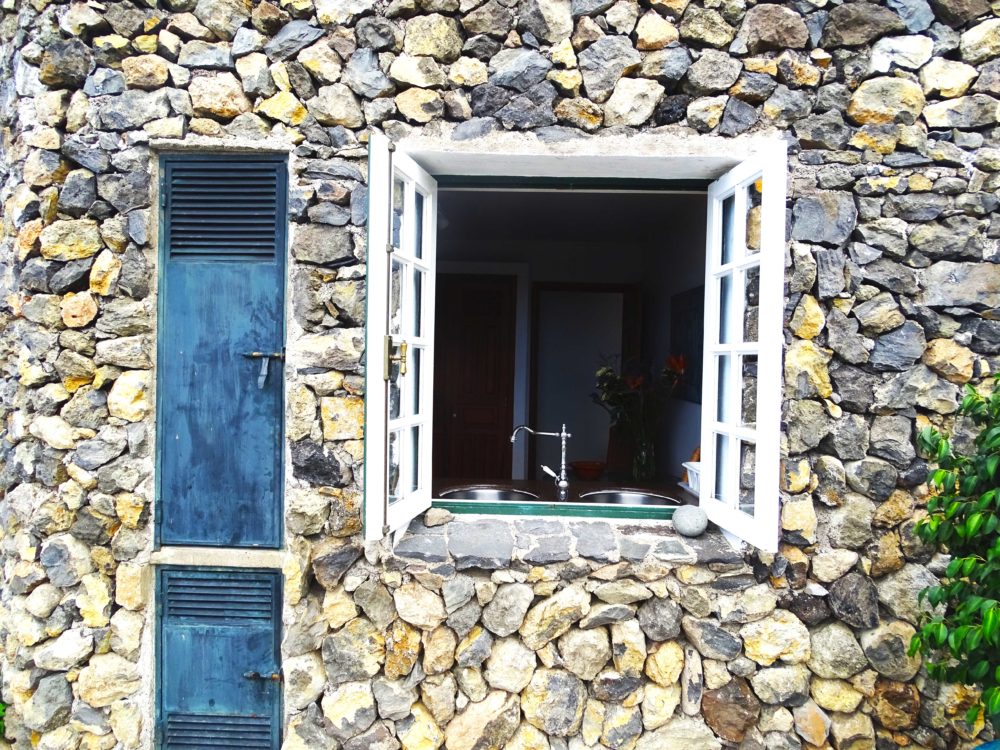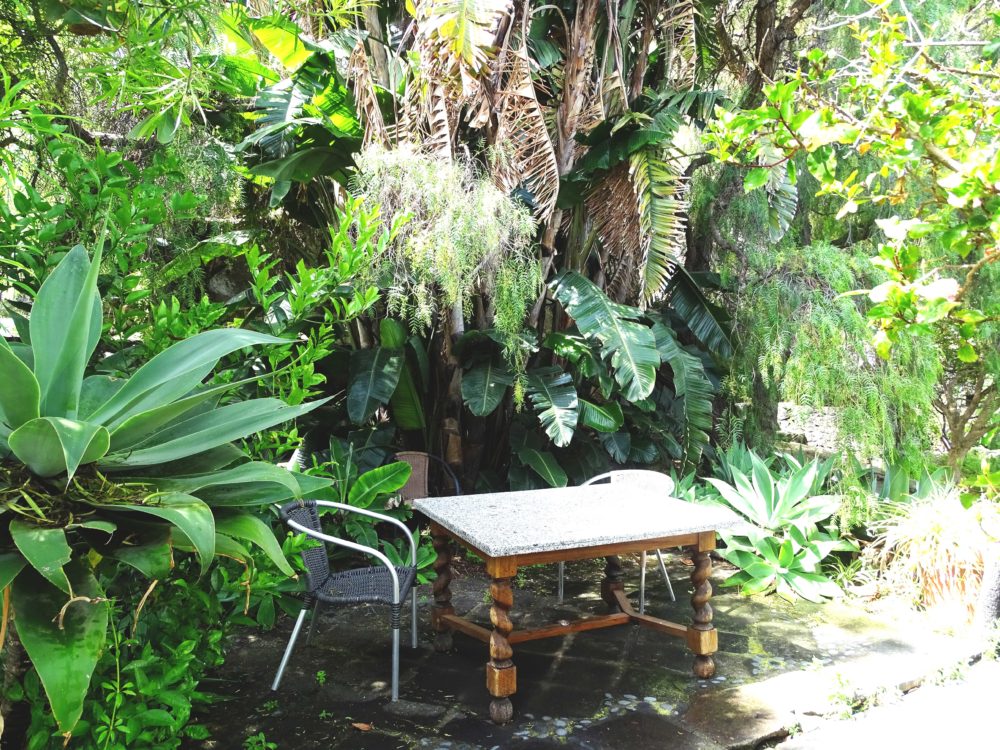Morinda citrifolia
Noni (Indischer Maulbeerstrauch)
Englische Bezeichnung: Noni, Indian Mulberry
Spanische Bezeichnung: Noni, Guanábana cimarrona, Fruta del diablo, Fruta del paraíso, Mora de la India
Familie
Rötegewächse (Rubiaceae)
Hauptbestandteile:
Mineralstoffe: Kalium, Magnesium
Vitamine: B-Vitamine, E, C, Polsäure
Sekundäre Pflanzenstoffe: Flavonoide, Beta-Sitosterol, Terpene, Scopoletin, Anthrachinone, Damnacanthal, Alkaloide
Ernte-Hinweise:
Traditionellerweise wird die Noni-Frucht gepflückt, bevor sie ihre volle Reife erlangt, und dann der Sonne bis zur vollen Reifung ausgesetzt.
Verwendung:
-
Frucht: Roh, kochen, entsaften
Vermutlich war die Pflanze ursprünglich in Australien heimisch. Von dort verbreitete sie sich sowohl über den Indischen Ozean als auch in die polynesische Inselwelt. Polynesische Seeleute brachten sie vor über 2000 Jahren nach Hawaii, wo sie unter dem Namen „Noni“ bekannt wurde. Heute findet man die Pflanze auch in vielen Küstenregionen Mittelamerikas und Westindiens sowie auf Madagaskar.
Family
Rubiaceae (Reddish family)
Main components:
Minerals: potassium, magnesium
Vitamins: B vitamins, E, C, polar acid
Secondary plant substances: flavonoids, beta-sitosterol, terpenes, scopoletin, anthraquinones, damnacanthal, alkaloids
Harvesting guide:
Traditionally, the noni fruit is picked before it reaches full maturity and then exposed to the sun until fully ripe.
Use:
-
Fruit: raw, cook, juice
The plant was probably originally native to Australia. From there, it spread both across the Indian Ocean and to the Polynesian islands. Polynesian seafarers brought it to Hawaii over 2000 years ago, where it became known as „noni“. Today, the plant is also found in many coastal regions of Central America and the West Indies, as well as on Madagascar.
Familia
Rubiáceas (Familia rojiza)
Componentes principales:
Minerales: potasio, magnesio
Vitaminas: vitaminas del grupo B, E, C, ácido polar
Sustancias vegetales secundarias: flavonoides, beta-sitosterol, terpenos, escopoletina, antraquinonas, damnacanthal, alcaloides
Guía de cosecha:
Tradicionalmente, la fruta del noni se recoge antes de que alcance la plena madurez y se expone al sol hasta que está completamente madura.
Uso:
-
Fruta: cruda, cocida, zumo
